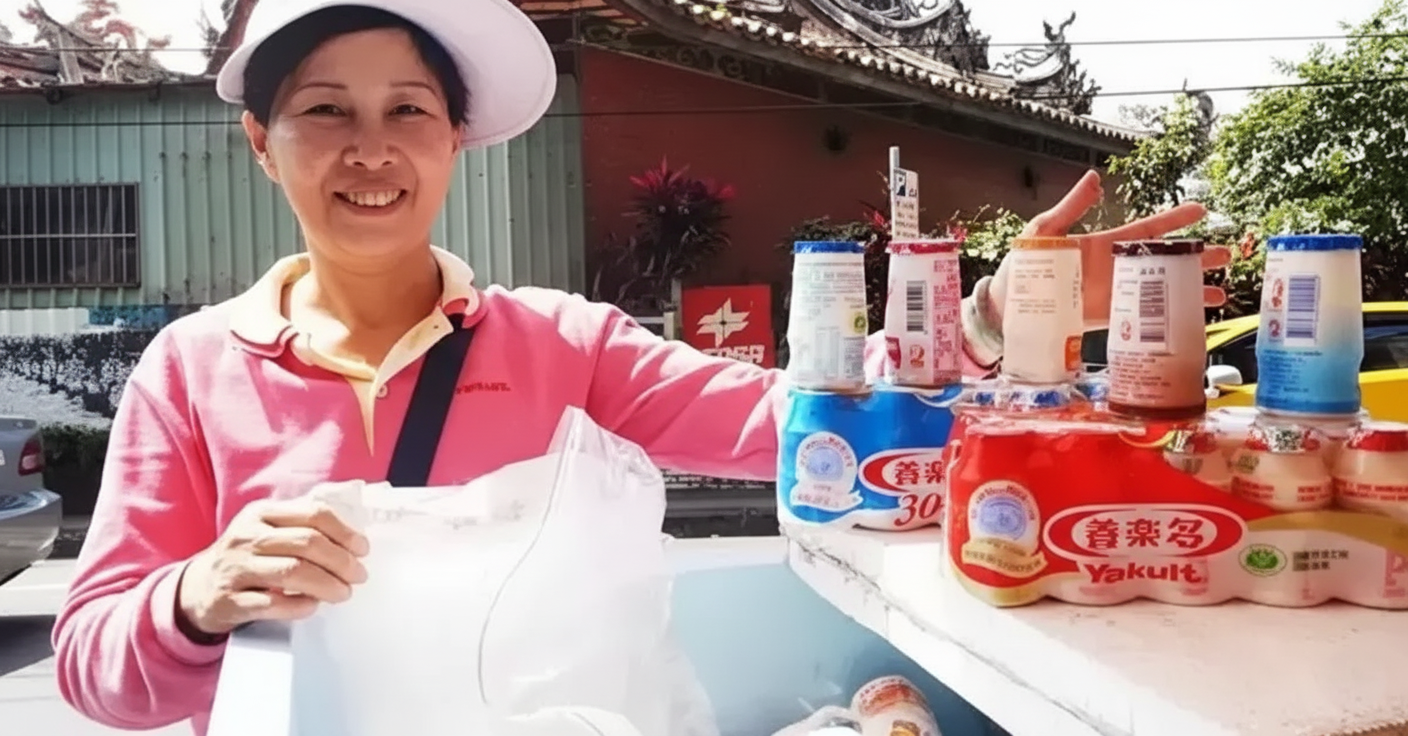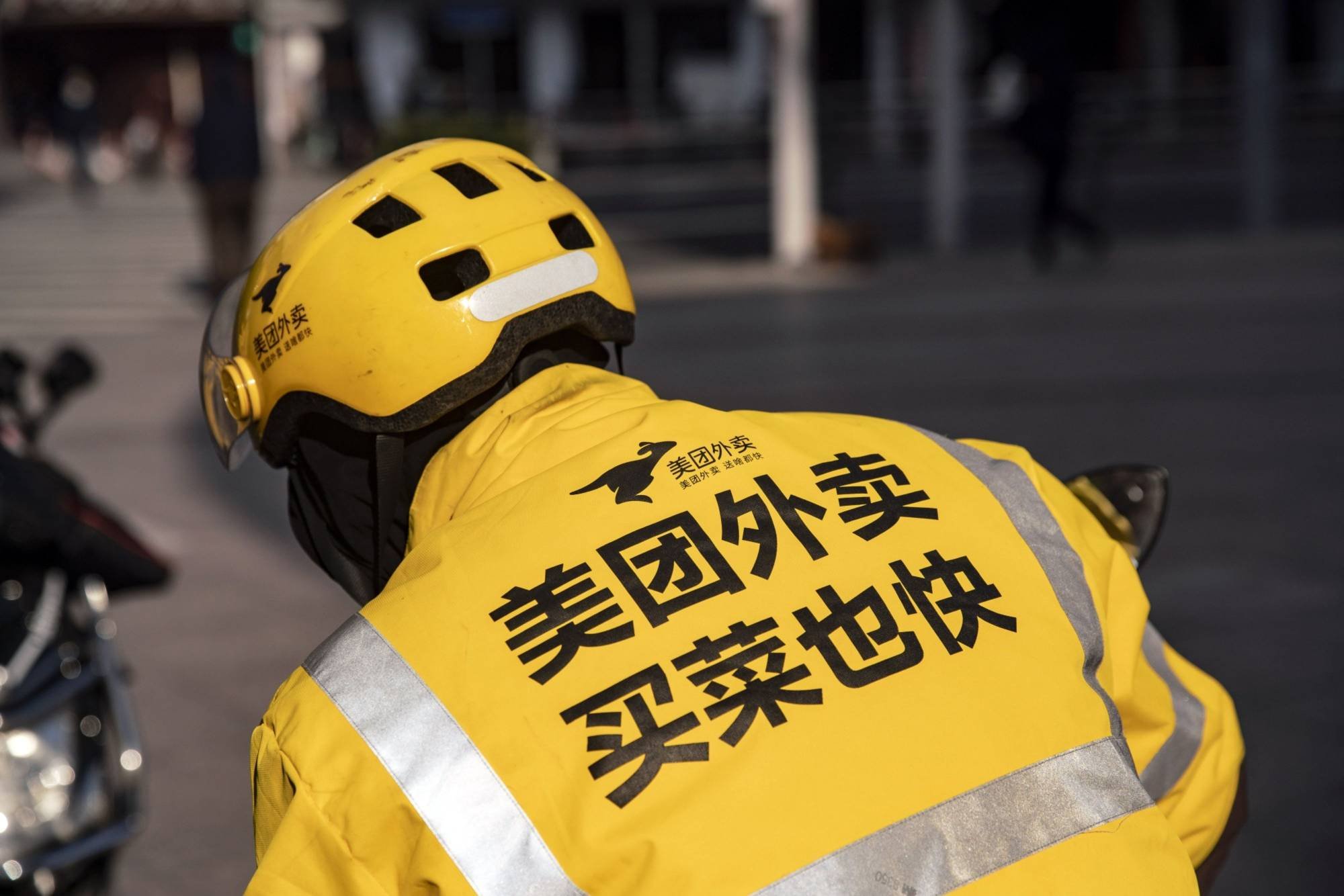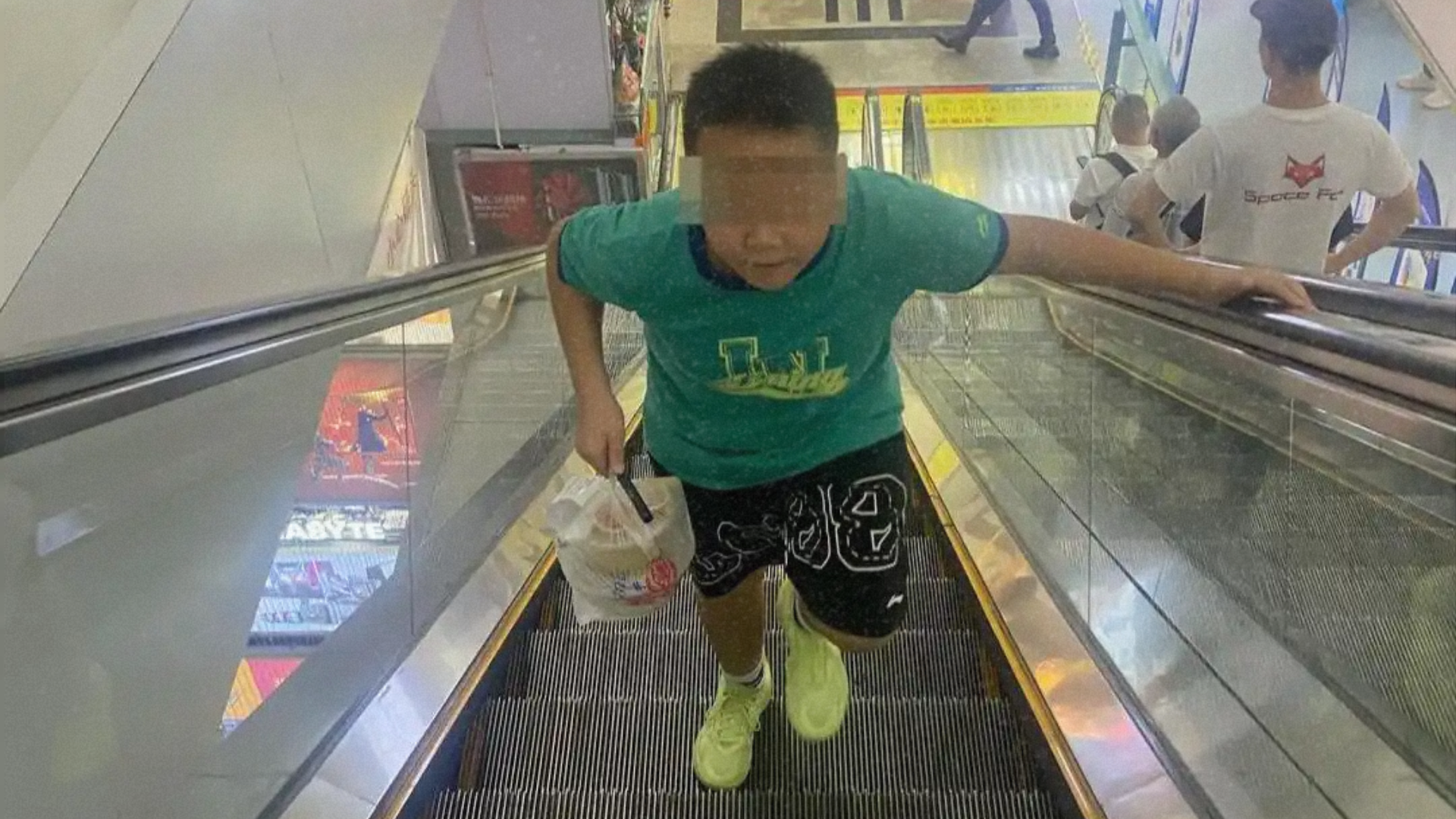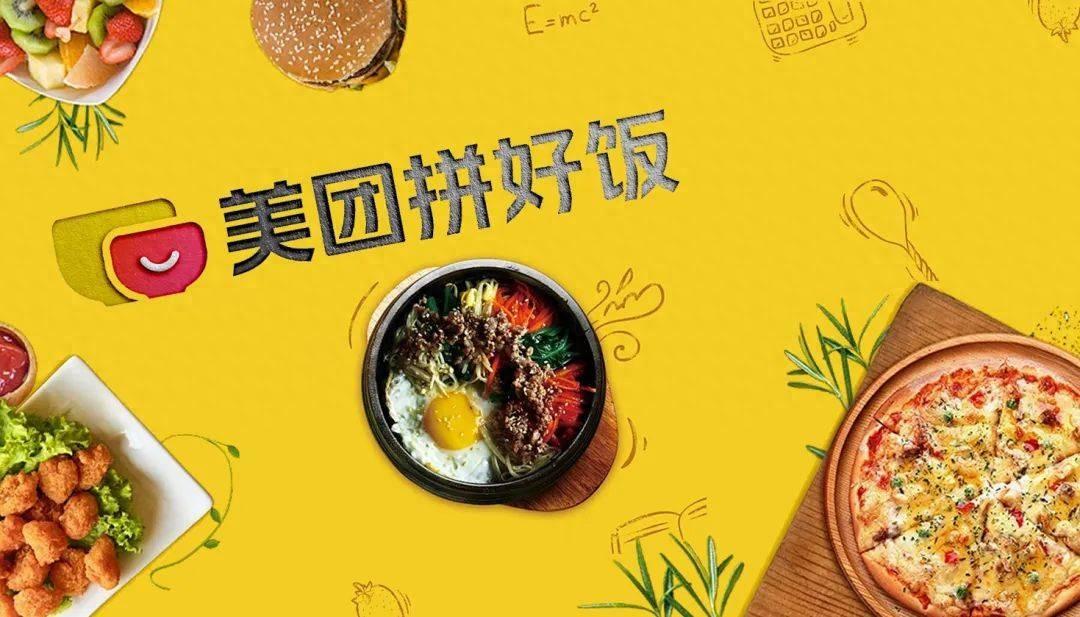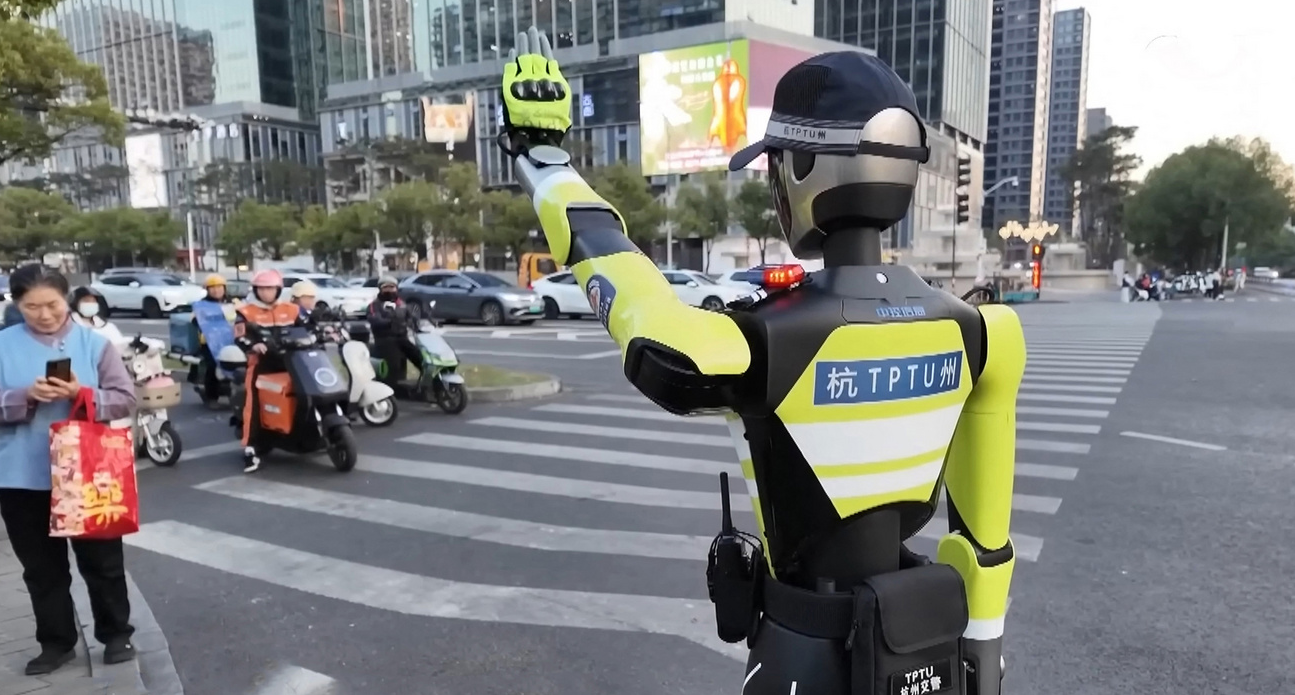This article is part of our Sustainable Future series done in association with East West Bank. This article explores the issue of single-use plastic waste related to food delivery in China and the measures being taken to combat the problem.
Over the last decade, China’s online food delivery industry has grown nearly 40-fold (reaching a market size of 66.4 billion USD in 2022), making the country the world’s biggest online-to-offline food delivery market.
The robust industry offers consumers an astonishing variety of food choices, such as DIY barbeque kits complete with charcoals and cocktails that come in attractive stemware. However, nearly every food or drink order involves some packaging.
In 2018, while serving more than 400 million customers and 10 billion orders, China’s takeout market generated 323 kilotonnes of waste in tableware and packaging.
Below, RADII explores various steps that are being taken to address the problem of food delivery waste in China, such as government oversight, industry adjustments, and the individual actions of vendors and consumers.
Rallying Against Single-Use Plastic Waste in China
In 2017, China saw its first waste-related lawsuit against food delivery companies. A Chinese environmental NGO sued China’s three biggest takeaway platforms — Ele.me, Meituan, and Baidu Waimai — for generating resource waste and causing ecological damage by not allowing users to opt out of disposable tableware.
Around the same time that year, Ele.me acquired Baidu Waimai and has been dominating China’s food delivery industry along with Meituan ever since.

Presumably in response to the lawsuit, Meituan and Ele.me respectively launched the Blue Mountain Project and Blue Planet Project in 2017. The two initiatives share similar objectives: both apps allow users to decide whether they need single-use utensils and also launched plastic food container recycling programs.
From September 2017 to July 2020, Ele.me claimed it had recycled 390 kilograms of takeaway plastic and reduced 585 kilograms of carbon emissions. However, the amount of trash recycled isn’t awe-inspiring, given that China produces about 7 billion kilograms of plastic products per month.
Many food and drink vendors have also switched to biodegradable tableware, which includes paper straws. That said, single-use cutlery kits are still ubiquitous. Some restaurants deliver them even when their customers ask for none because vendors often deal with too many orders to check each buyer’s preference carefully.

Meanwhile, more grassroots efforts in sustainability have been gaining momentum. In 2018, Plastic Free China, a group of zero-waste activists, was established in Guangzhou, a city in South China near Hong Kong. Its members aim to reduce plastic waste through corporate campaigns that have the potential to change business practices and consumer behavior.
“Most consumers don’t have a clear idea of how to classify takeout waste. Also, it’s not easy to recycle disposable tableware as Chinese food is often cooked with oil,” says Zheng Xue, director of Plastic Free China.
Over the years, the group has collected data, conducted research, and proposed policy changes while witnessing encouraging progress.

In 2018, China’s Ministry of Ecology and Environment released a rather ambitious proposal revealing the country’s plans to ban non-degradable plastic bags in food delivery services in provincial capital cities by the end of 2020.
Perhaps fewer plastic bags are seen across the country today. However, from RADII’s own observations, takeout orders in Shanghai still come in non-degradable plastic bags more often than not.
In short, government bodies and food-delivery companies are taking action, but the battle against takeaway waste still has a long way to go. And more creative efforts can be made at the individual level.
Reusable and Returnable Packaging
Young netizen Yu orders food delivery at least seven times a week and jokingly calls herself a “takeaway warrior.”
“It’s a lot of work to cook, and I don’t want to dine out because I’m too lazy to drive and park or queue up for popular restaurants,” says Yu in defense of her habit.

She admits that she has had to dispose of some food due to poor quality or overordering to meet minimum order amounts.
That being said, Yu tries to minimize takeout waste, and one way she does this is by saving her reusable packaging. Save for paper tableware which “makes food taste like paper,” she supports the use of reusable and returnable tableware.

For example, she collects clay pots and returns them to Mingqi, a restaurant that delivers its clay-pot rice, a traditional dish eaten widely in Guangdong and Southeast Asia, in mini clay pots. While this may seem troublesome to some, Yu doesn’t mind going the extra step.
“I love it because the clay pot preserves heat and freshness. It’s a pity to throw away the casserole dish, and I don’t need it myself. I am glad the restaurant recycles them,” Yu shares. “Although it’s a bit tiring to wash them, I’m spiritually fulfilled with a low-carbon lifestyle.”

This is one idea that could develop into something bigger. A 2020 study, which presumably takes a cue from China’s booming sharing economy, proposes an even more wholesome mechanism: the use of reusable and returnable tableware sets, aka shared tableware, which reportedly reduces up to 92% of waste as well as more than two-thirds of environmental emissions and water consumption.
Plastic Free China has also advocated for the aforementioned approach. Zheng tells RADII, “Food delivery platforms should also encourage vendors to use recyclable tableware or collaborate with domestic reusable tableware start-ups.”
Forget the Meal — Order the Chef
For Irissy S, the answer to combating takeaway taste is simply not ordering any delivery. An employee at a gaming company based in Shanghai, the 26-year-old usually gets off work between 8 and 10 PM and can’t bother cooking at night.
Instead, thanks to an introduction from her colleague, she has been hiring the services of a home cook since August 2022. The home cook, who works from 8 to 9:30 AM, prepares lunch boxes for S on workdays and gets paid 1,650 RMB (about 244 USD) per month.

Such professionals are colloquially referred to as ‘cooking aunties’ or zuofan ayi (做饭阿姨) in China, although they aren’t necessarily women.
“It’s so convenient. I usually order online groceries the night before and send what I want to eat to the aunty. She comes in the morning and sometimes helps with home cleanup if time allows. It’s the best money I spent in 2022,” says S with a grin.
Li Lizi, another RADII interviewee, feels similarly about the freedom she’s gained from hiring a cooking aunty. Li usually welcomes her into the home around 8:30 AM, goes back to sleep for another 30 minutes, and then gets ready for work.
Meanwhile, the cooking auntie makes six dishes for Li’s lunch and dinner and earns an hourly rate of less than 10 USD.

Not only are young people hiring home cooks, but some have also joined the industry and started their own businesses.
In August 2022, 26-year-old Zhang Yaohong established her own company specializing in home cooking services in Chengdu, a city in Southwest China. Within two months, she recruited almost 50 new cooks.

Zhang requires all her staff to wear a uniform — a hat, mask, apron, gloves, and shoe covers — before entering their clients’ homes to lend her business an air of professionalism.
“We’re generally professional chefs or simply food lovers in our 20s or 30s. Most of our customers are young workers who don’t know how to cook or don’t have time to cook,” says Zhang, adding, “Home cooking is a trend. It can also reduce food delivery waste and protect the environment to a certain extent.”
This article was made as part of our Sustainable Future series in association with East West Bank to highlight the innovative tech that’s making the world more green and regenerative. East West Bank offers unparalleled services for individuals and companies who wish to build connections and foster collaborations between the US and Asia. Together, we will reach further. For more information, visit eastwestbank.com.
Cover image designed by Haedi Yue




